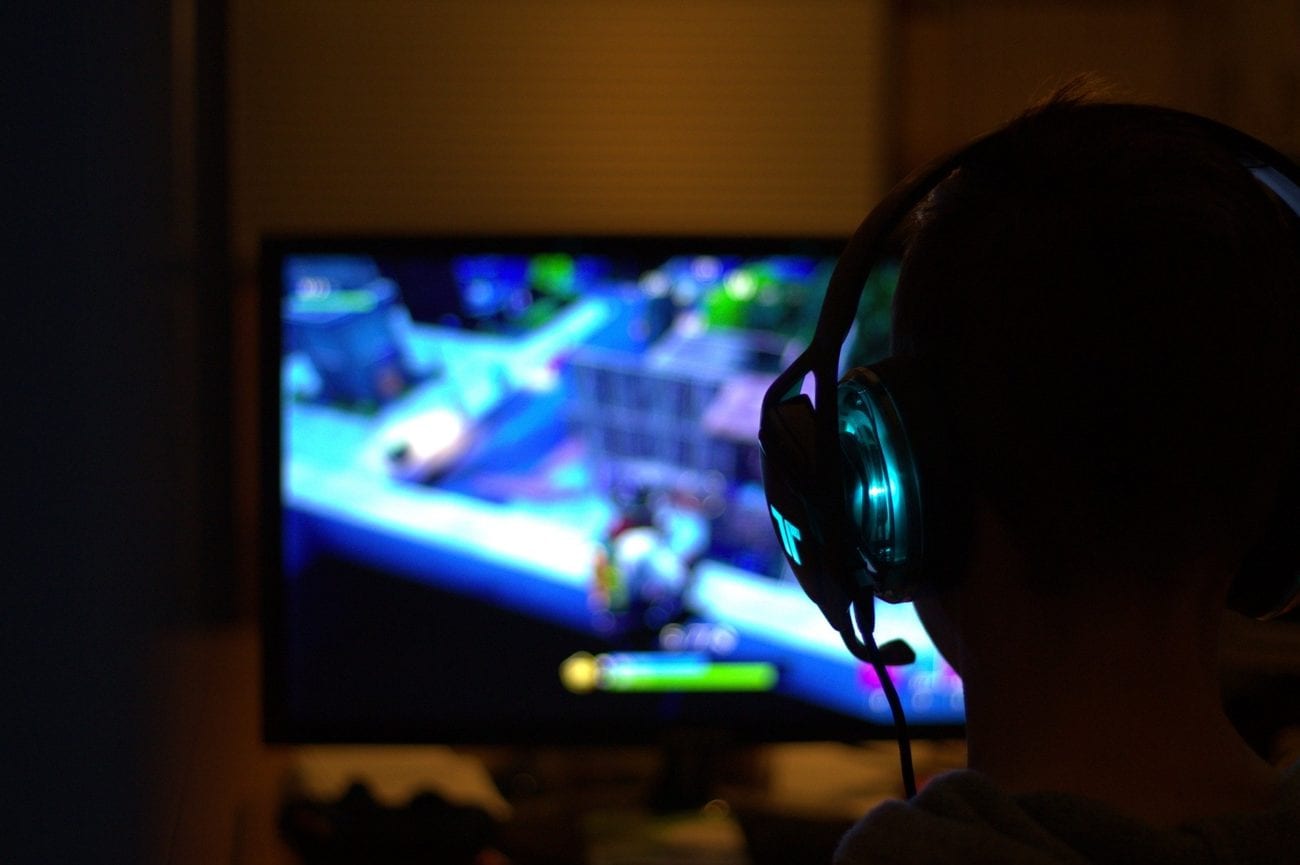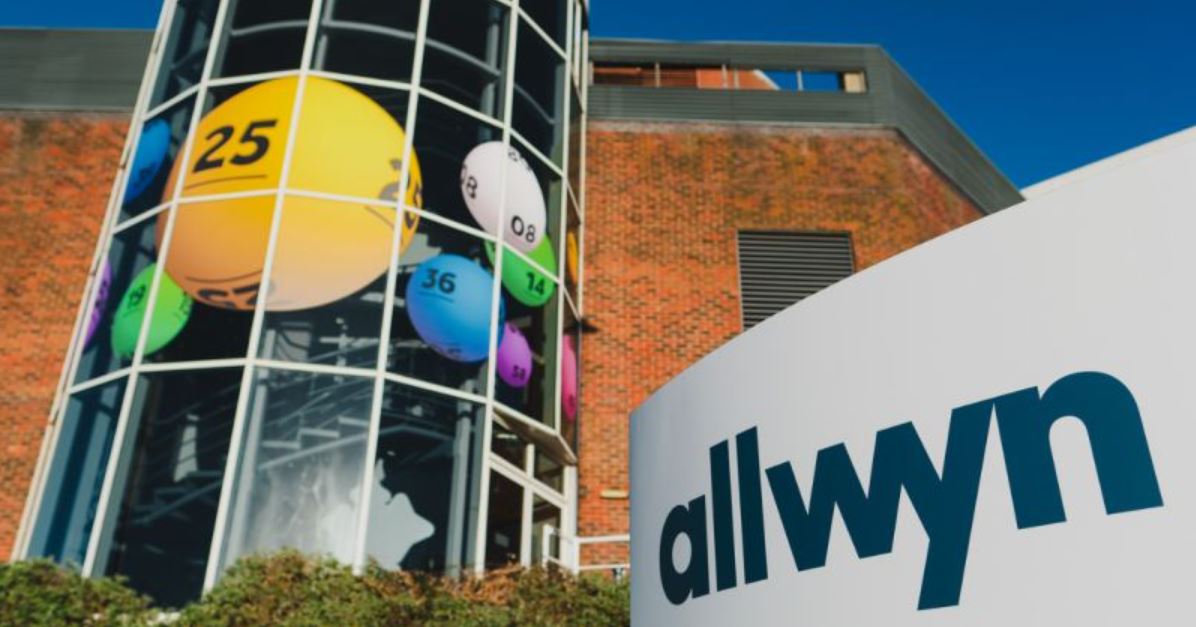
With Counter-Strike 2 launching this summer, Clay Bartolo, Trading Operations Leader at Pandascore, asks some key questions about what the launch could mean for esports and how it may impact trading.
On March 22, Valve, the publisher of Counter-Strike: Global Offensive (CS:GO) – the world’s largest esports betting title – officially announced that this would be the case are releasing a new title, Counter-Strike 2 (CS2), next summer..
Summer is here, but the final release date for CS2 remains a mystery. Given the possibility that the game could be released any day, Clay Bartolo, head of trading at Pandascore, asks some key questions about what the release could mean for esports and how it may impact trading.
Updated graphics, adjustments to maps, and tweaks to mechanics raise many questions regarding market pricing. The peculiarities of the competition calendar and how it interacts with the launch could also throw a further wrench in the works.
Early planning for Counter-Strike 2
Alongside the launch announcement came news that the recent BLAST.tv Paris Major would be the final major for the current title CS:GO, with the first official tournament for the new CS2 being the PGL Major Copenhagen in 2024. That means we’re still in the process of seeing the new competitive environment in action, making it difficult to make any definitive assumptions. However, there are some features of CS2 that can be explored to help our outlook for the future.
Adaptation to the game mechanics
While the core structure of the game doesn’t change, there are some key changes to the mechanics that we know are coming:
● Shooting smoke grenades creates vision
● Molotov fire takes longer to spread
● Player movement has been optimized
● Changes to maps that create new dynamics and possibilities
The specific impact of these changes on the competitive environment is difficult to predict because even small changes can reveal new strategies and game plans. Even if the first official tournament takes place in March 2024, the game itself will be released for general play months beforehand. This means we will get a glimpse of the potential impact of these changes months before the first official tournament.
What is certain is that form and skill do not necessarily translate to a team’s performance in CS:GO. From a team’s strategic preferences to how they prioritize training to how much time they spent in the CS2 environment before switching, all of these factors could cause even a top team in CS:GO to struggle in CS2.
The first few tournaments, and especially the first Major, will reward teams that can quickly adapt to the changes. This means that a big strategic question for teams is how to manage the transition period. When will the switch to the new game take place, will training be carried out for both games and if so, for how long?
Scheduling could favor the underdogs
Given the current competitive environment, top teams are likely to play CS:GO at least until the player break in December. These teams will try to balance their desire to be competitive in the new game with their desire to maximize winnings in recent CS:GO tournaments. Lower ranked teams that don’t have major tournaments coming up are much more likely to make the switch earlier and focus their training on the new game. For teams not involved in DreamHack or the major BLAST competitions, there is an opportunity to get a head start in Pro-CS2 as they have more practice and familiarity with the new game.
It could even be that some teams withdraw from some CS:GO tournaments to beat lower-ranked CS2 tournaments and prepare for the Regional Major Rankings (RMR) qualifiers. Practicing in public lobbies and scrimmages won’t be enough, teams will want to get as much competitive practice as possible to build their game fitness when it comes time to qualify for the Major.
All of these variables mean that traders need to consider more factors than just historical data. For example, if a lower-tier team already has a few unofficial CS2 tournaments under their belt, an adjustment would need to be made. This means that overall we can expect more conservative and considered approaches when it comes to pricing the CS2 markets in the early days.






